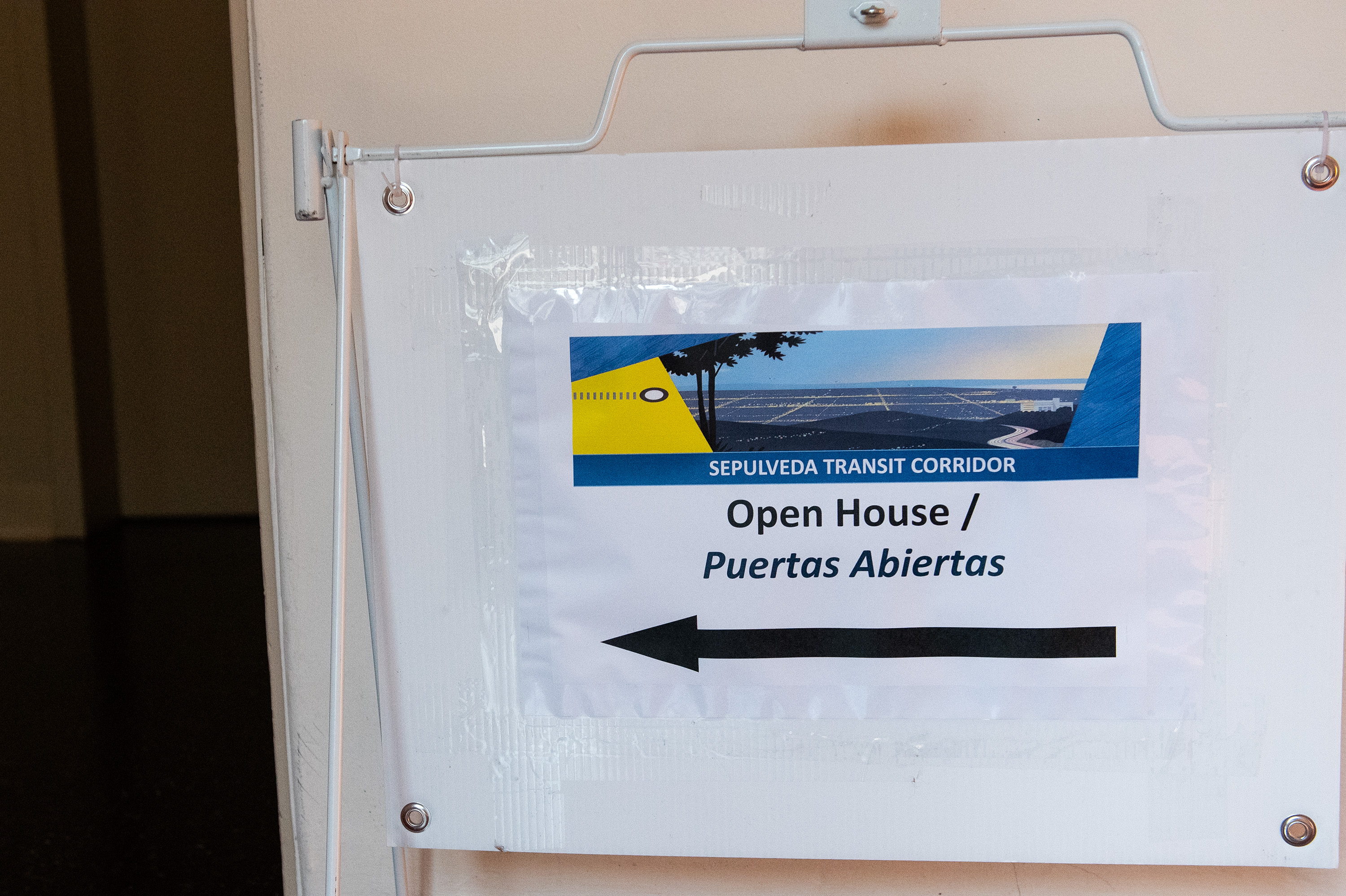Op-Ed: Wildfires prove LA metro must build underground heavy rail line to connect to UCLA

By Mariela Diaz
Jan. 22, 2025 6:13 p.m.
This post was updated Jan 26 at 4:41 p.m.
Until a few days ago, evacuation warnings from the Palisades fire bordered the UCLA campus. While the administration has released evacuation plans that involve private transportation, it is difficult not to wonder how smoothly they would run in a congested area like Westwood, with our nearest freeway being the even more congested I-405.
Dire times like these have demonstrated yet again how important public transportation is in getting people in and out quickly, especially our disabled and low-income communities.
Some people have struggled to evacuate because of their disabilities or not owning a personal vehicle. Many evacuees have also had to leave their cars behind because of the gridlock traffic caused by thousands of people fleeing.
LA Metro’s proposed rail line, the Sepulveda Transit Corridor, would connect the San Fernando Valley and the Westside (and eventually LAX) through the Santa Monica mountains.
This would make evacuation easier and more accessible in the event of future fires, seeing as wildfires are a common occurrence in Los Angeles. NASA confirmed that 2024 was the warmest year on record, surpassing the record temperatures recorded in 2023.
Climate change is worsening, and our most vulnerable communities are reaping its consequences. Increased carbon emissions must be addressed with more accessible public transportation options around Los Angeles.
With wildfires and natural disasters occurring year-round, the Sepulveda Transit Corridor would help alleviate congestion in the event of a possible evacuation on UCLA’s campus in future moments of catastrophe.
The Sepulveda Transit Corridor will connect to other Metro rail lines, allowing students to leave campus and return back as soon and as safely as possible.
However, the Sepulveda Transit Corridor would be going through a wildfire-prone area. When the Metro Board of Directors have to select one out of the five alternatives, where only Alternatives 4, 5 and 6 are heavy rail, run underground and have a direct UCLA on-campus station, it’s important to consider how wildfires and the Santa Ana winds can affect the rail line.
On Jan. 7, overhead wires above a set of tracks for the A Line Metro near Pasadena were damaged and the tracks were covered in debris because of the Santa Ana winds. Fortunately, the area had not been placed under a mandatory evacuation order due to the Eaton fire, but if it had been, then it would’ve been difficult for people without a personal vehicle to evacuate through public transportation. It took Metro several days to restore the A Line’s regular rail service.
If the Sepulveda Transit Corridor is built above ground, then would it face the same challenges? Most likely.
When it comes to choosing an alternative for the Sepulveda Transit Corridor, UCLA students implore the Metro Board of Directors to choose an underground option.
The office of the External Vice President and USAC Facilities Commission conducted a survey in 2024 that revealed nearly two-thirds of UCLA students prefer heavy rail (underground) over monorail (above ground), with Alternatives 5, 4 and 6, in that order, being ranked the highest.
A heavy rail, underground alternative is crucial in order to ensure train operations aren’t affected.
We need a protected, resilient, long-term rapid transit line that will ease the worries of future UCLA students who may face evacuation warnings due to wildfires. We hope that the safety of UCLA students is taken into consideration when it comes to finally making a decision on the Sepulveda Transit Corridor alternative.
Mariela Diaz is the 2024-2025 Community Relations Director in the office of the External Vice President. She is also a second-year student studying psychology and education and social transformation at UCLA.


